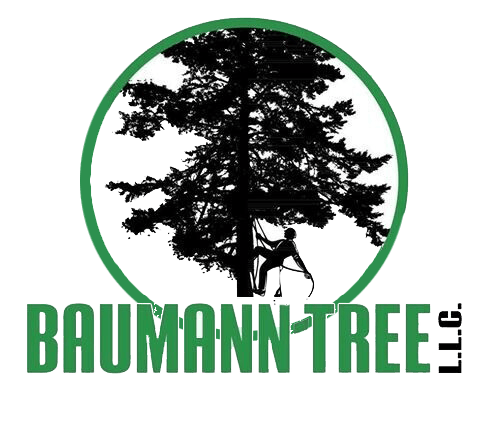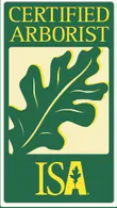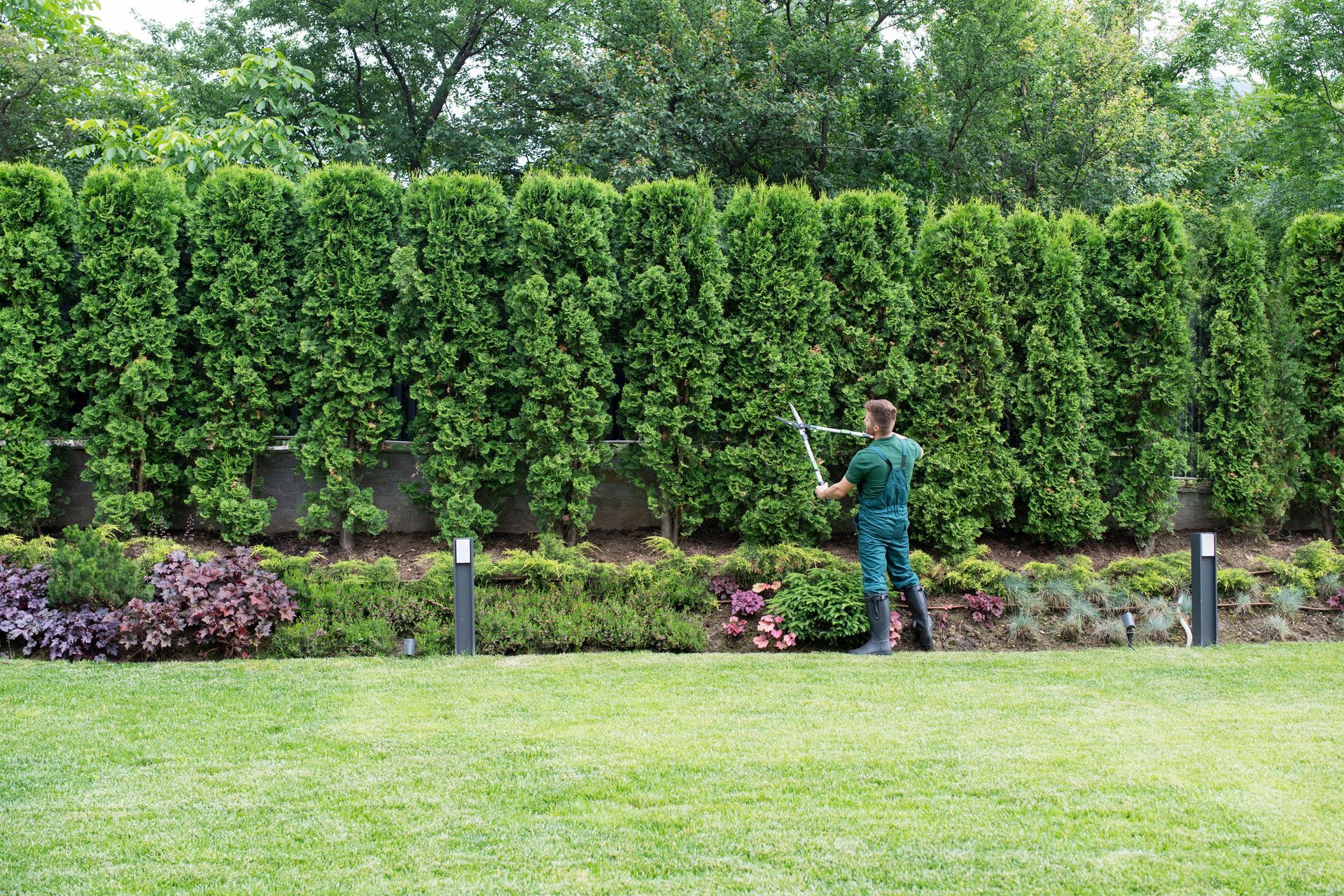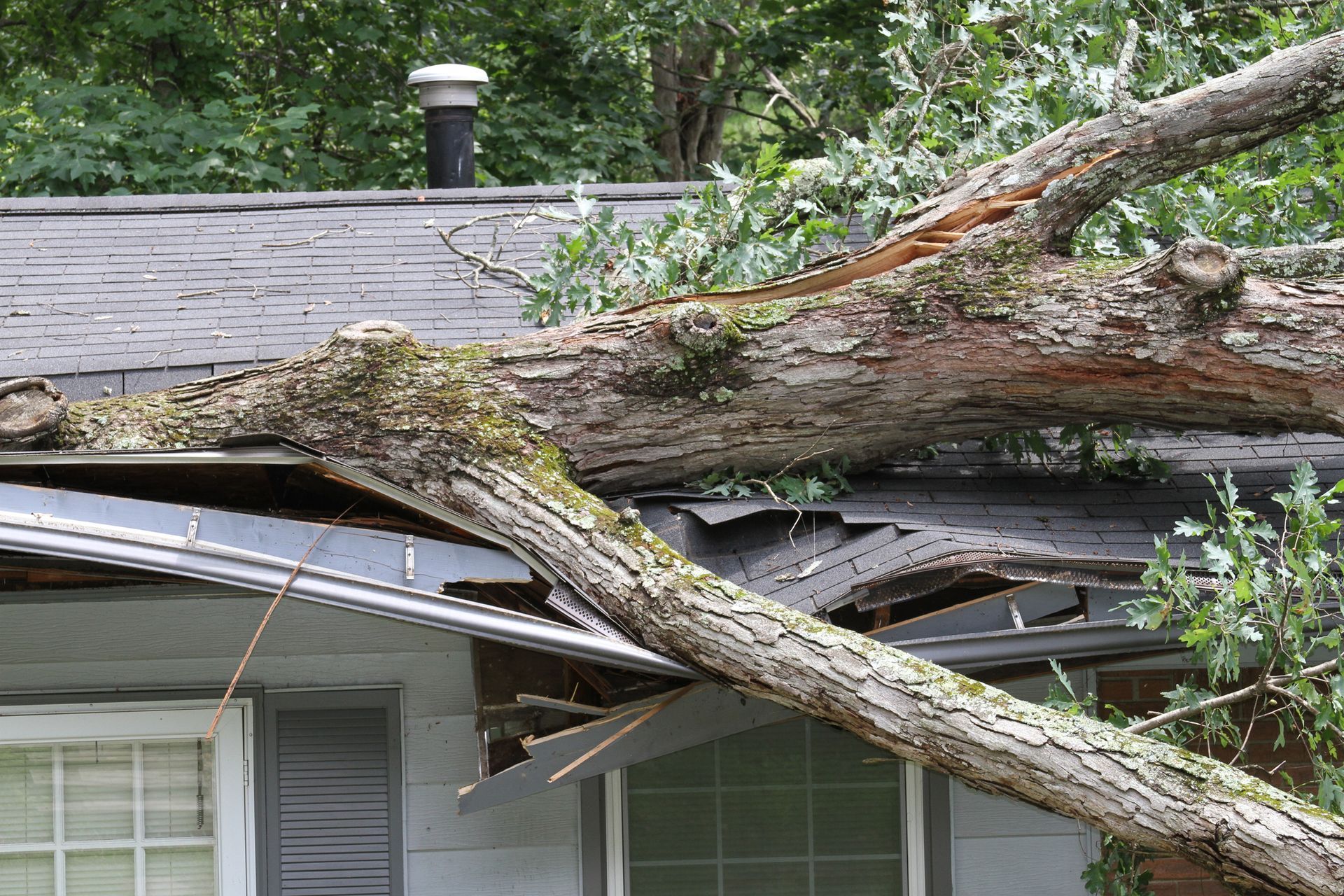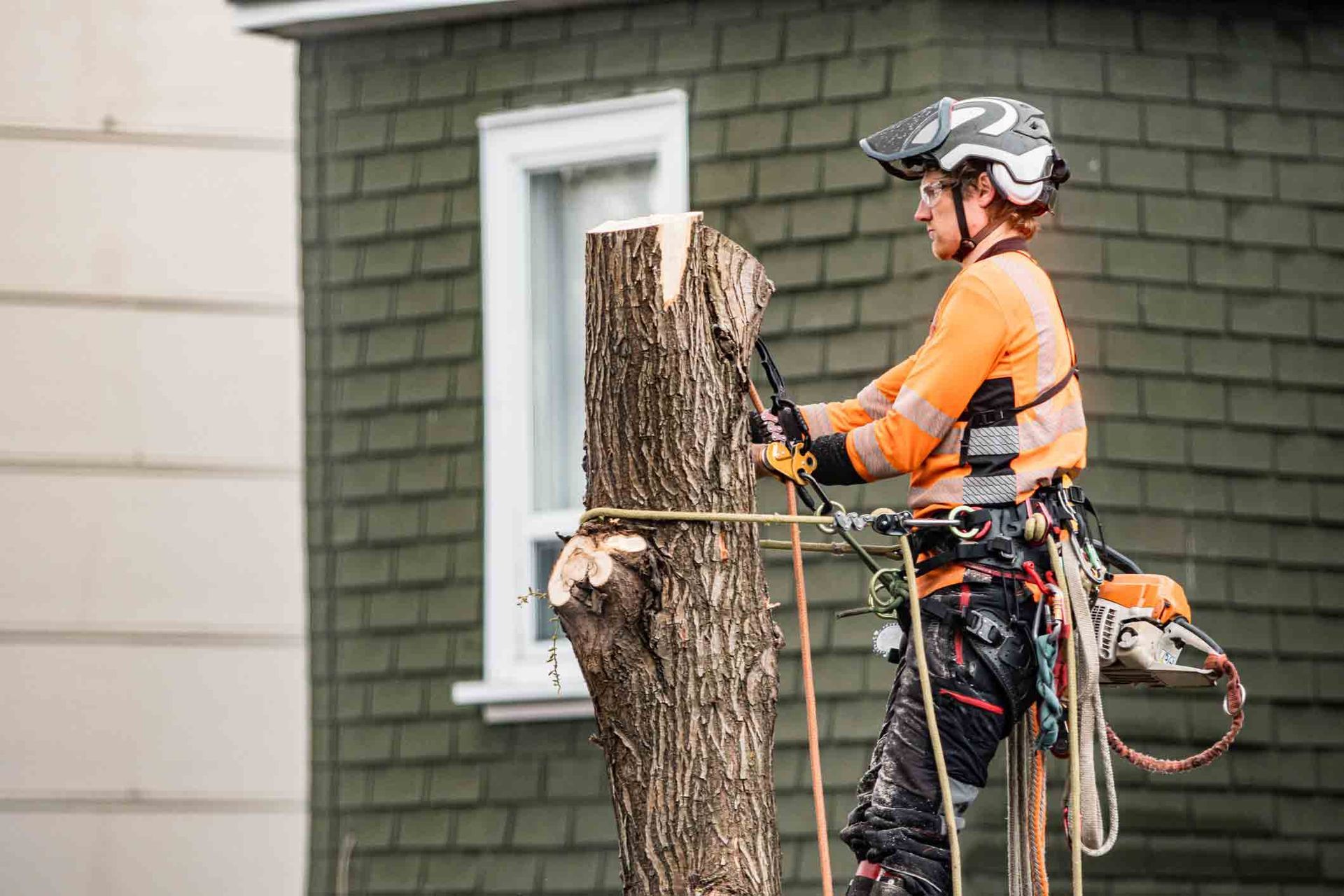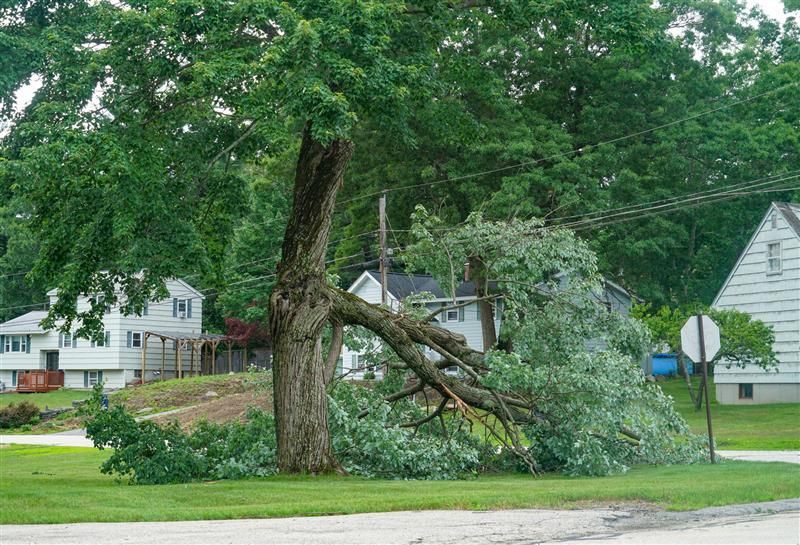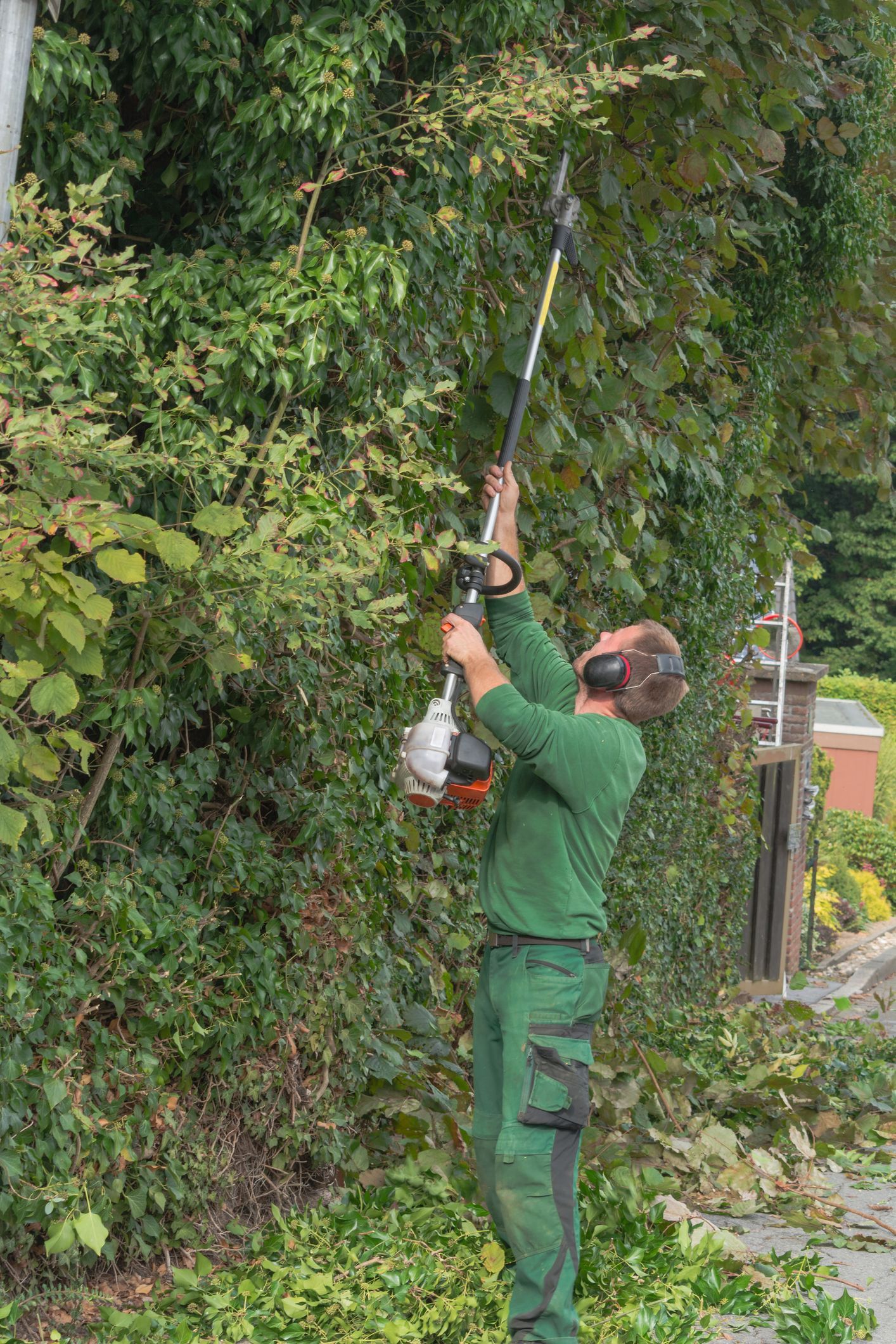Is My Tree Dying? Signs to Look For
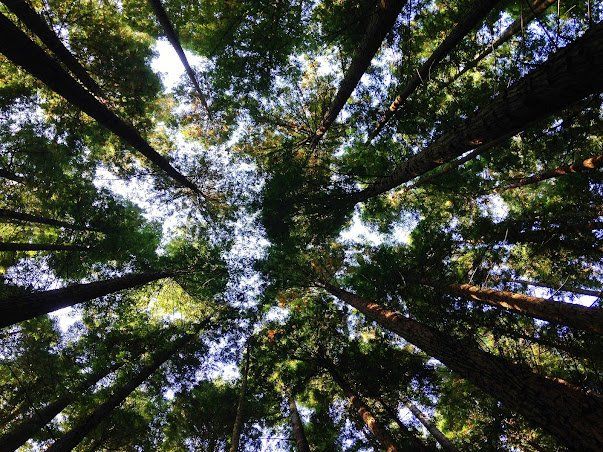
If you love trees, you may have several in your backyard. Your trees are an essential part of your home because of the aesthetics and the shade they provide. However, your beloved tree can get sick or die, losing all its beauty.
An arborist can cure a sick tree, but the only solution is removal if the tree is dead. Dead trees are a safety hazard to your family because dead branches can break and fall on people or property.
So, how do you identify a dying tree to eliminate it before it does any damage? Look out for the signs below.
The Tree's Bark Is Cracking or Peeling
When a tree is dying, its bark may have vertical cracks or fall off. These changes are signs that something is wrong with the tree's health, especially if most of the bark has fallen off. However, since your tree can also peel due to weather stress, you should check for other signs of bad health like dead leaves and dry twigs to confirm your fears.
The Tree Has Unhealthy Leaves or None Left
Leaves say a lot about a tree's health. Most trees have green leaves, but that can change when the tree is in a bad shape. For example, if a tree has brown leaves or no leaves during the growing season, chances are it is dying due to lack of nutrients, sickness, or pests. However, if the tree has not yet dried, you should not conclude that it is dead before calling a qualified arborist.
The Tree Has Numerous Dead Branches
While your tree may have several dead branches and still be in good health, too many dead branches indicate that your tree is dying. Since dead branches cannot hold themselves up, dying trees have many dry branches at the base. Falling branches are a hazard, as they can injure people or damage your property.
The Tree Is Home to Pests and Fungus
The presence of pests and fungi is another sign that your tree is dying or dead. Pests like bark beetles and ants love dead or dying trees because the decaying trunk is softer. These insects will chew tunnels inside the wood, extending the damage to the healthy part of the tree. Similarly, since fungus feed on decay, you may notice some on decayed areas of the tree.
The Tree has a Leaning Trunk
A tree can lean to one side after intense wind or due to severely damaged roots. Though some trees survive this ordeal, most trees will eventually die. Also, even if such a tree shows no signs of stress, you should eliminate it because it may later fall and damage your property.
The Tree Fails the Scratch Test
If you suspect your tree is dying or dead, you can try peeling off the outer layer of the back and check the condition of the cambium layer beneath. The cambium layer of a dead or dying tree is brown and dry, but a healthy tree has a green cambium layer. Test several parts to assess the extent of the damage before deciding what to do with the tree.
The trees in your yard will only benefit you if they are in good health. Your once healthy tree can suddenly or gradually start dying and lose its beauty due to lack of nutrients, damage by pests and diseases, or human activity. You can save some dying trees if you intervene early, but sometimes removal is the only option.
At Baumann Tree, we offer various professional tree services at fair rates. Contact us
today for a free inspection and estimate.
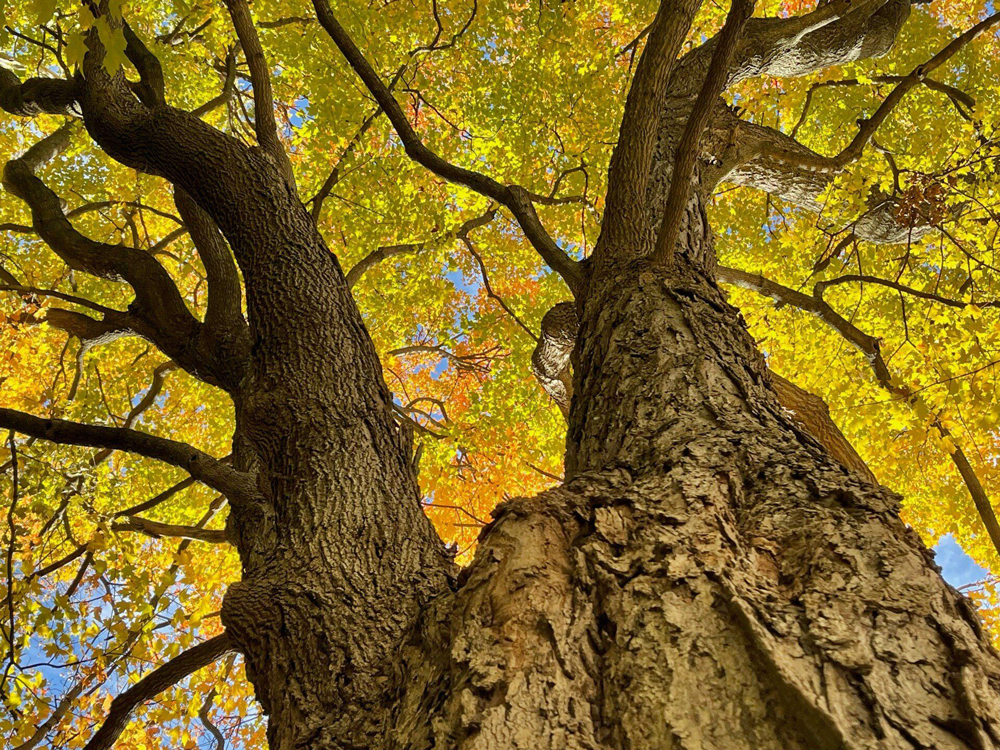
When you need expert tree care in St. Louis, MO, Baumann Tree is the trusted local tree service you can rely on. Specializing in tree removal, trimming, and general maintenance, their skilled team ensures your trees stay healthy and your property stays safe. Whether it’s a routine trim, storm damage clean-up, or large tree removal, Baumann Tree offers reliable and affordable solutions tailored to your needs. With a focus on customer satisfaction and quality service, Baumann Tree uses top-of-the-line equipment to handle every job with precision and care. For all your tree service needs in St. Louis, MO, call Baumann Tree at 636-375-2812 for professional, friendly local tree service you can count on.
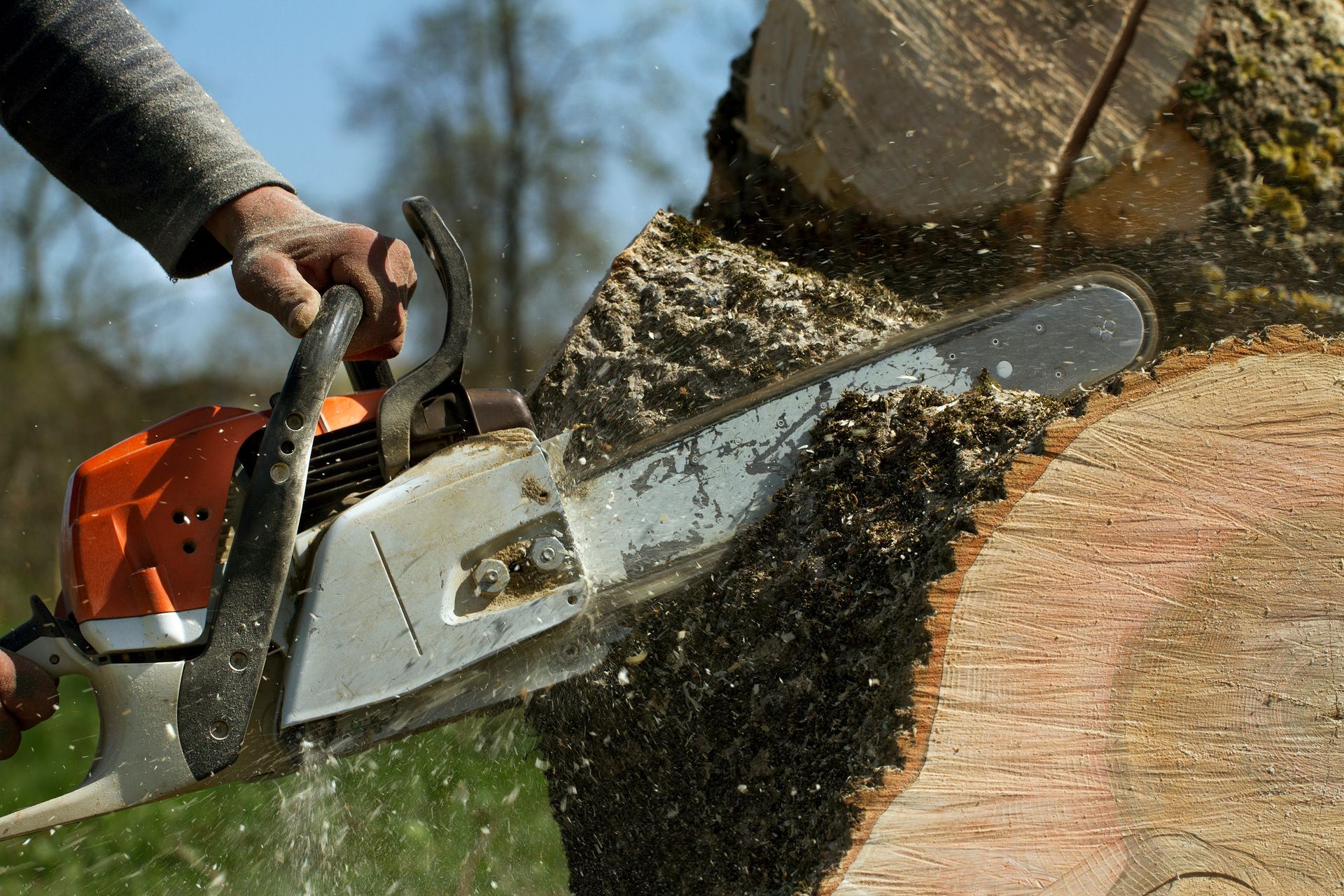
Trees are beautiful additions to any landscape, but there are times when tree removal becomes necessary for safety, aesthetic, or health reasons. Whether it’s due to storm damage, disease, or the need for space, removing a tree requires expert care and precision. That’s where Baumann Tree comes in. As one of St. Louis’ premier tree service providers, we specialize in safe, efficient, and affordable tree removal to ensure the well-being of your property.
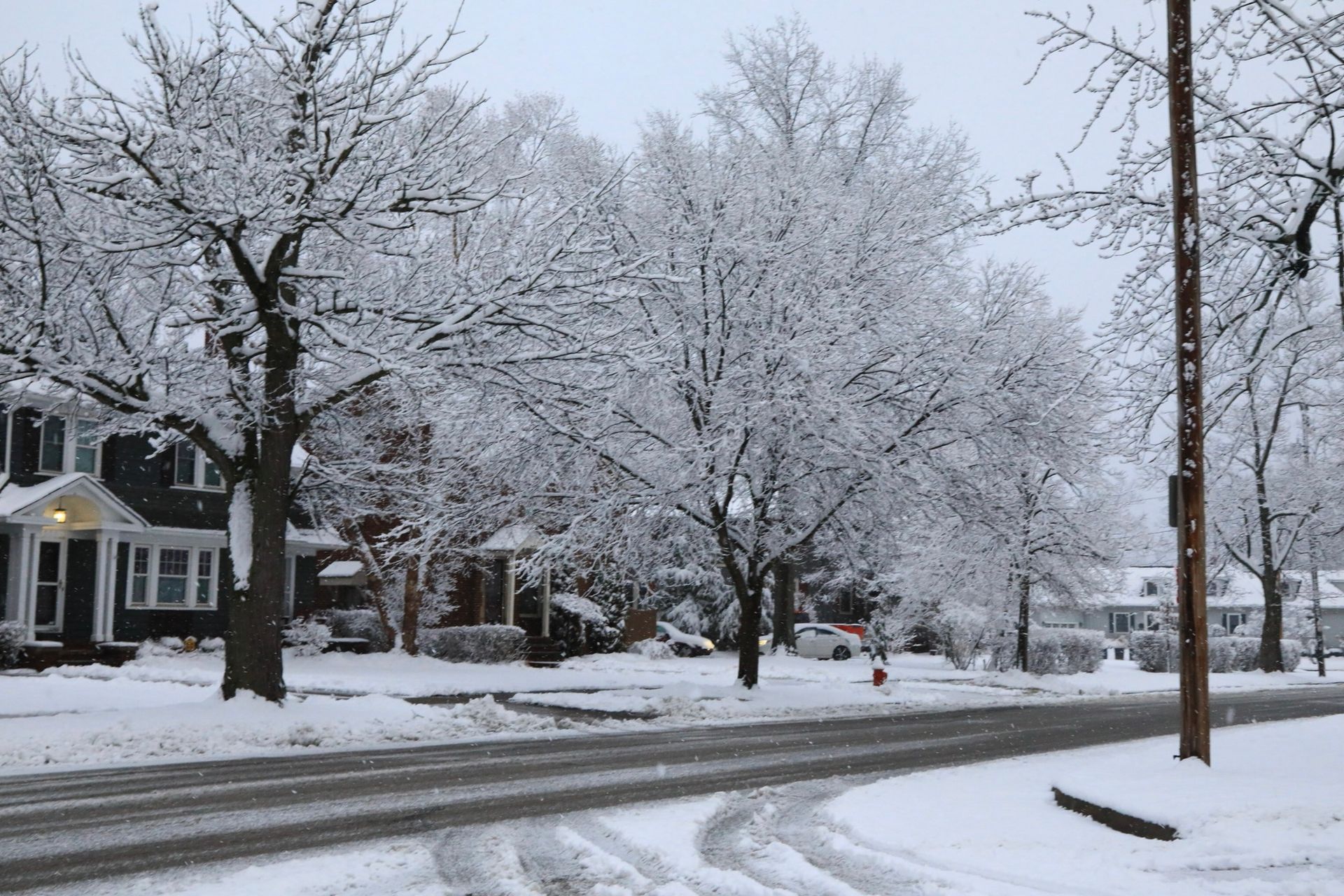
Winter in St. Louis, MO, can bring harsh conditions, including snow and ice that can cause significant damage to your trees. At Baumann Tree Service , we are your trusted local tree service company, dedicated to ensuring your trees stay healthy and safe throughout the winter months. With our professional snow and ice tree services, we help prevent damage caused by the weight of snow and ice, so you can enjoy peace of mind during even the harshest winter storms.
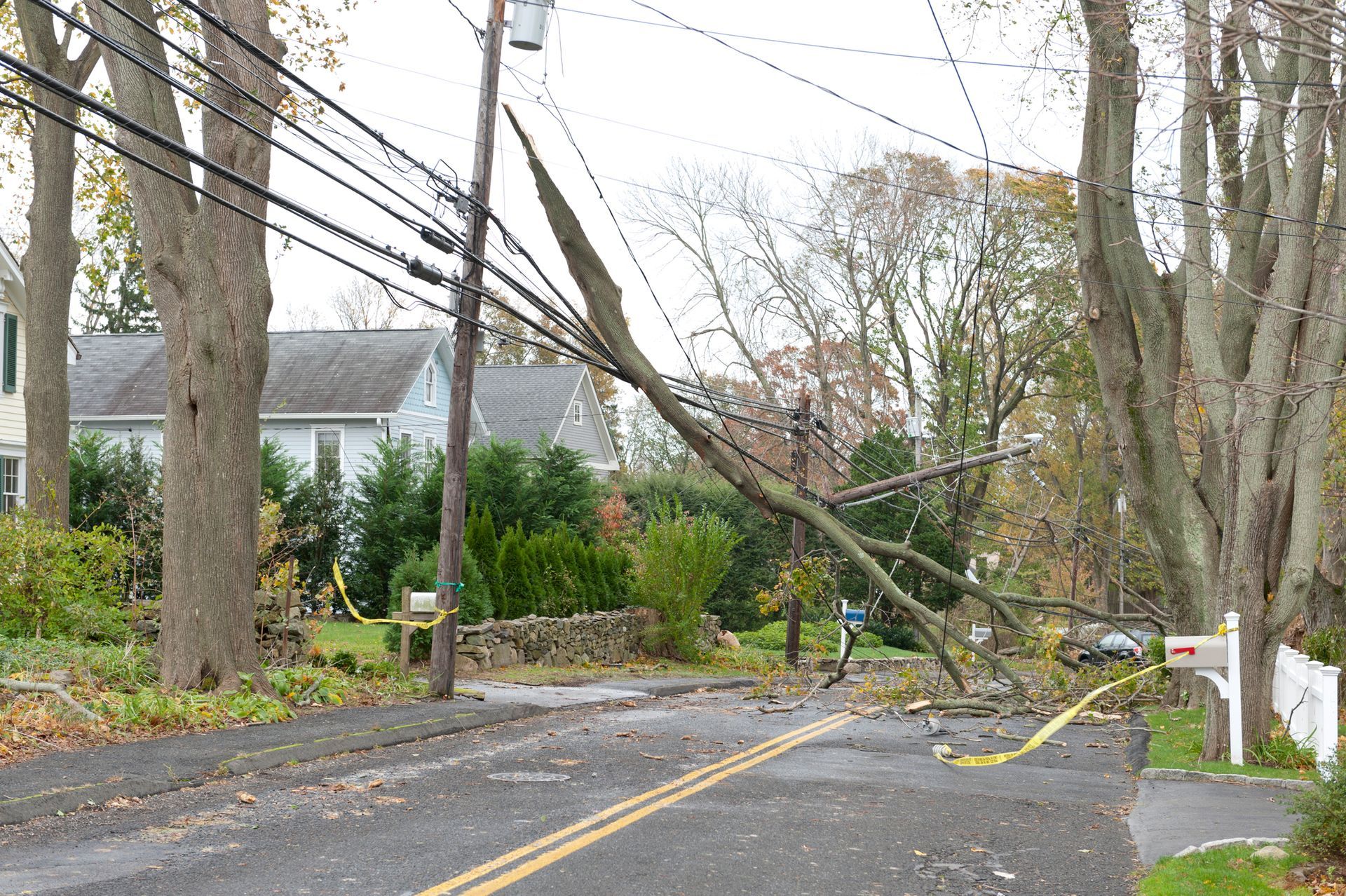
When a powerful storm strikes, it can leave behind a trail of destruction. Downed trees, broken branches, and hazardous debris can quickly turn your property into a dangerous area. Whether it's a summer thunderstorm, winter snowstorm, or spring tornado, storm damage can affect your trees and landscape in unexpected ways. At Baumann Tree Service , we understand the urgency of tree-related storm damage and are proud to offer Emergency Storm Damage Tree Services to ensure your property stays safe and protected.
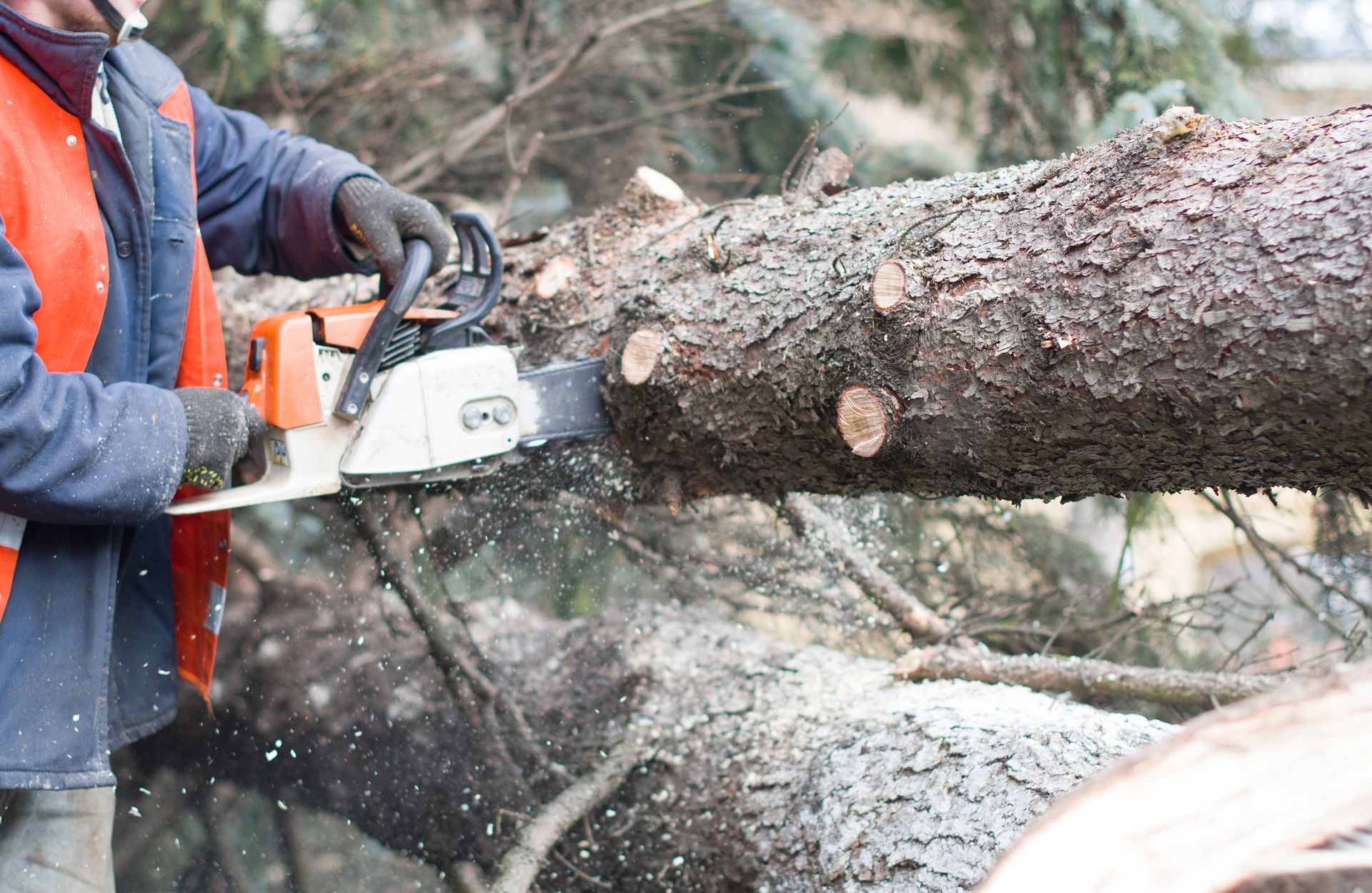
When it comes to tree removal in St. Louis, MO, finding a reliable, skilled, and professional tree care service is key to ensuring the safety of your home and property. Baumann Tree has built a stellar reputation for providing top-quality tree removal services , and it’s no surprise why so many homeowners in the area trust us with their tree care needs. With glowing reviews from satisfied customers, Baumann Tree is the go-to choice for tree removal in St. Louis.
